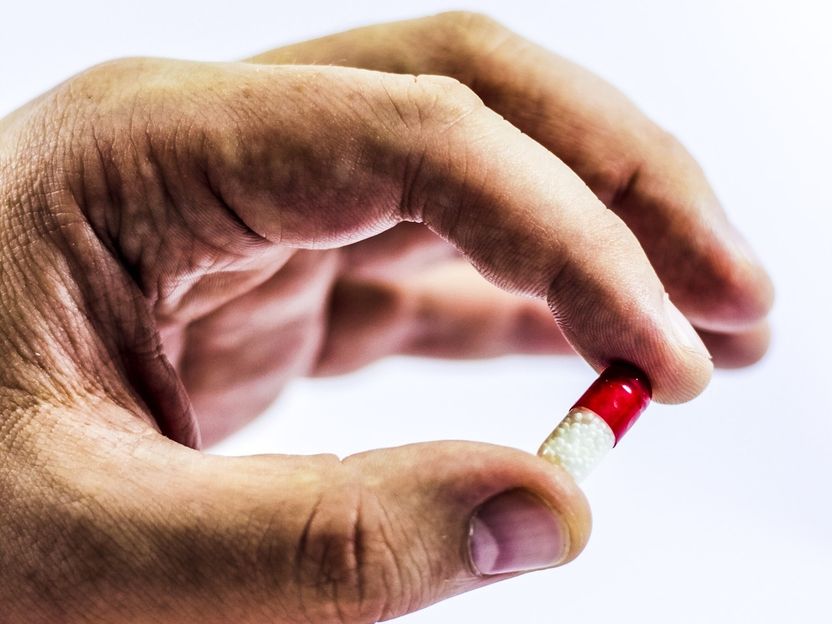Santhera Announces Intent To File Marketing Authorization Application for Leber's Hereditary Optic Neuropathy
Santhera Pharmaceuticals announced that it has formally notified the European Medicines Agency of its intent to file for Leber's Hereditary Optic Neuropathy (LHON). In the recent RHODOS study, Catena® showed consistent superiority over placebo and, in particular, improved or protected visual acuity as well as color contrast sensitivity. Santhera expects to file a Marketing Authorization Application in the first half of 2011 with a potential marketing approval in Europe in the second half of 2012. Discussions with health authorities aimed at filings for regulatory approvals in other territories are ongoing.
LHON is a rare genetic eye disease that leads to a rapid loss of central vision and ultimately to blindness as a result of nerve cell degeneration in the retina and optic nerve. Catena® is the first drug that has ever been clinically investigated in a controlled clinical study in this neuro-ophthalmological disorder. An estimated 20,000 LHON patients live in Europe and in the United States. The global market potential is currently estimated to exceed USD 700 million annually excluding preventive treatment (Source: Datamonitor 2010). Santhera holds global rights on the use of Catena® as a treatment of LHON and has been granted orphan drug designations in the European Union and the United States.
Data from the RHODOS study support the use of Catena® in LHON. Specifically, the data show that the drug can protect patients who are at highest risk of vision loss and enhance the recovery of visual acuity in severely affected eyes. These data are supported by secondary efficacy variables such as clinical benefit, color contrast sensitivity and changes in retinal nerve fiber layer thickness. The study conduct and analyses were in compliance with recommendations received from regulatory authorities.
Most read news
Other news from the department research and development

Get the life science industry in your inbox
By submitting this form you agree that LUMITOS AG will send you the newsletter(s) selected above by email. Your data will not be passed on to third parties. Your data will be stored and processed in accordance with our data protection regulations. LUMITOS may contact you by email for the purpose of advertising or market and opinion surveys. You can revoke your consent at any time without giving reasons to LUMITOS AG, Ernst-Augustin-Str. 2, 12489 Berlin, Germany or by e-mail at revoke@lumitos.com with effect for the future. In addition, each email contains a link to unsubscribe from the corresponding newsletter.
Most read news
More news from our other portals
Last viewed contents
Janssen-Cilag International NV withdraws its application for an extension of the indication for Velcade (bortezomib)
Hip_fracture_treatment






















































